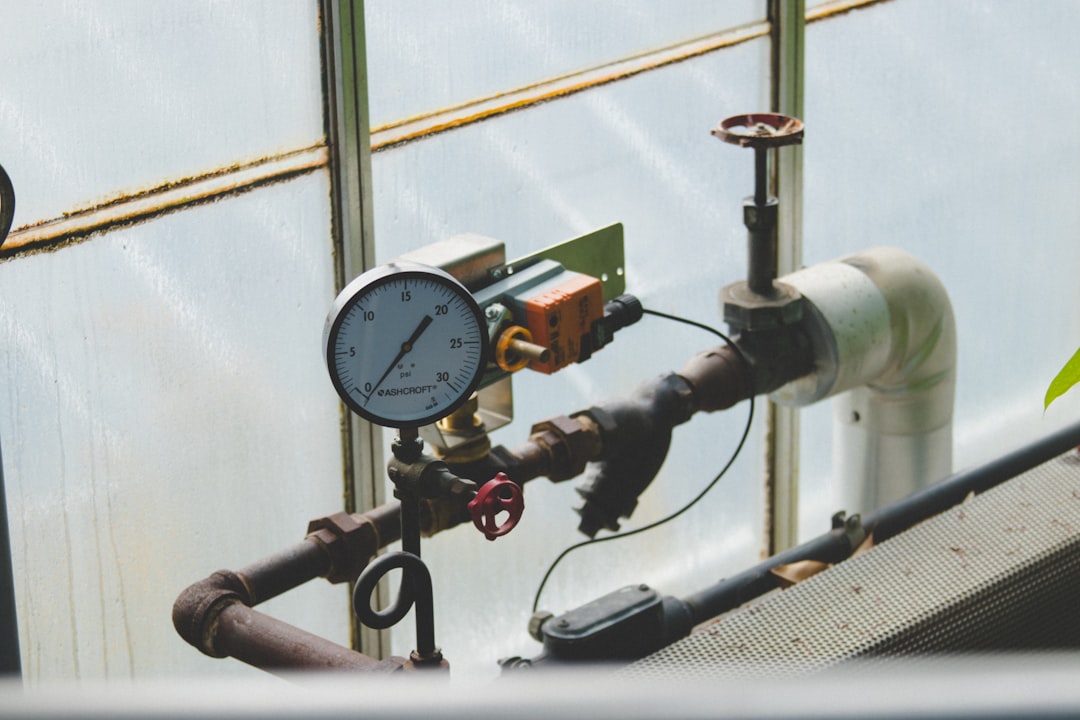High-pressure piping systems are integral to numerous industries, from oil and gas to chemical processing and power generation. While essential for efficient operations, these systems pose significant risks if not managed correctly. A single failure can lead to catastrophic consequences, including property damage, environmental contamination, and severe injuries or fatalities. This comprehensive guide delves into the crucial aspects of high-pressure pipe safety, offering insights to mitigate risks and ensure a safe working environment.
1. Material Selection: The Foundation of High-Pressure Pipe Safety
The choice of pipe material is paramount. The material must possess sufficient strength and durability to withstand the extreme pressures and potential stresses encountered in operation. Common materials include carbon steel, stainless steel, alloy steel, and specialized polymers, each with its own strengths and limitations. Factors influencing material selection include:
- Operating Pressure and Temperature: The material must have a yield strength significantly higher than the maximum operating pressure and remain stable at the operating temperature. Creep (slow deformation under sustained stress) and fatigue (failure due to repeated stress cycles) must be considered.
- Corrosion Resistance: The pipe’s material must resist corrosion from the transported fluid and the surrounding environment. This might involve using corrosion-resistant alloys or applying protective coatings.
- Fluid Compatibility: Certain materials may react negatively with specific fluids, leading to degradation or contamination. Compatibility testing is crucial to ensure the chosen material doesn’t compromise the integrity of the system or the transported substance.
- Weldability: If welding is required during installation, the material must be readily weldable, using appropriate techniques to ensure the weld’s integrity matches that of the base material.
2. Regular Inspections and Maintenance: Preventing Catastrophic Failures
Regular and thorough inspections are vital for detecting potential problems before they escalate into major incidents. A comprehensive inspection program should include:
- Visual Inspections: Regular visual checks for signs of corrosion, erosion, leaks, dents, or other damage. This should include checking all welds, flanges, and support structures.
- Non-Destructive Testing (NDT): Techniques like ultrasonic testing (UT), radiographic testing (RT), and magnetic particle inspection (MPI) can detect internal flaws and weaknesses that visual inspections might miss.
- Pressure Testing: Periodic pressure testing is essential to verify the system’s ability to withstand operating pressures. This involves pressurizing the system to a level exceeding the maximum operating pressure, while carefully monitoring for leaks or deformation.
- Leak Detection Systems: Installing leak detection systems can provide early warnings of potential problems, enabling prompt corrective actions before a major leak develops.
3. Pressure Testing Procedures: Ensuring System Integrity
Pressure testing is a critical aspect of high-pressure pipe safety. It’s a controlled process to verify the system’s ability to withstand the designed operating pressure. The procedure should strictly adhere to established standards and guidelines, including:
- Hydrostatic Testing: This involves filling the pipe system with water and pressurizing it to a specified level. This method is widely used due to its relative simplicity and cost-effectiveness.
- Pneumatic Testing: This utilizes compressed air or gas for pressurization. While faster than hydrostatic testing, it poses a higher risk due to the potential for explosive failure. Strict safety precautions are essential.
- Test Pressure Calculation: The test pressure must be carefully calculated based on factors like the design pressure, material properties, safety factors, and applicable codes and standards.
- Monitoring and Documentation: Pressure, temperature, and any observed deformations must be carefully monitored and documented throughout the test. Any discrepancies should be investigated and addressed.
4. Emergency Procedures and Response: Preparedness is Key
Even with meticulous safety measures, accidents can occur. Having well-defined emergency procedures is crucial for minimizing the impact of any incident. This includes:
- Emergency Shutdown Systems: Implementing reliable and readily accessible emergency shutdown systems to quickly isolate the affected section of the piping system.
- Emergency Response Plan: Developing a comprehensive emergency response plan that outlines the steps to be taken in the event of a leak, rupture, or other emergency. This should include roles and responsibilities, communication protocols, and evacuation procedures.
- Training and Drills: Regular training and drills are essential to ensure personnel are familiar with the emergency procedures and can respond effectively in a crisis.
- Protective Equipment: Providing and ensuring the proper use of personal protective equipment (PPE), such as safety glasses, respirators, and protective clothing, to minimize the risk of injury during emergencies.
5. Worker Training and Competency: Human Factor in Safety
Human error is a significant contributor to accidents in many industries. Comprehensive training programs are essential to ensure workers understand the risks associated with high-pressure piping systems and know how to work safely. Training should cover:
- Hazard Identification and Risk Assessment: Training workers to identify potential hazards and assess the associated risks. This includes understanding the consequences of equipment failure and the potential for injuries.
- Safe Work Practices: Teaching safe working procedures, including lockout/tagout procedures, confined space entry procedures, and proper handling of tools and equipment.
- Emergency Procedures: Providing thorough training on emergency procedures, including the use of emergency shutdown systems and evacuation protocols.
- Regular Competency Assessments: Regular assessments to ensure that workers maintain their competency and understanding of safe work practices.
By prioritizing these key areas, industries using high-pressure piping systems can significantly reduce the risks associated with these critical components. Remember, safety is not just a procedure; it’s a culture that requires constant vigilance, proactive measures, and a commitment from everyone involved.
Tags: high-pressure pipe safety, pipe safety regulations, pressure testing, pipeline inspection, industrial safety




